You’ve heard about blossom-end rot, but have you seen it? Or, maybe you’ve experienced it and didn’t know what it was. This article will arm you against one of the most common tomato diseases. Meaning that you may be able to prevent it from happening. Although even the most experienced gardeners have seen it on their tomato plants. (It also occurs on pepper plants and on eggplant, though it may start on the sides near the blossom end on these vegetables.)
How to Recognize Blossom End Rot
First you need to be able to identify it. The name itself creates no small bit of confusion, especially for novice gardeners. The blossom end of the tomato is so-called because as the tomato grows, it actually emerges from under where the blossom was. The fruit grows between the calyx and the blossom. The calyx are the modified leaves you see at the top of the tomato. You will see the brown end of the blossom at the bottom of the growing tomato, not at the top where it is attached to the stem.
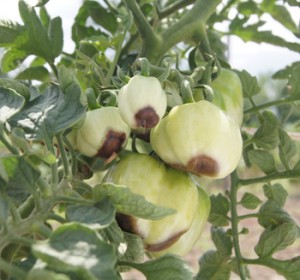
Blossom-end rot will start as a small beige or tan patch on the blossom end of the tomato while the fruit is still green. It often looks like it’s water-soaked. And then it becomes sunken and turns leathery and dark brown or black as the fruit matures. Blossom end rot looks pretty disgusting, but you can actually eat the parts of the tomato that are not affected. Just make sure no secondary pathogens or pests have invaded the lesion and spread throughout the rest of the fruit. In severe cases, the whole fruit is a loss. It is not uncommon to lose 50 percent of the fruit on your tomato plants to this curse. I wouldn’t recommend giving these unattractive fruits away, even if the upper part of the tomato is edible. Use them in salsa, make tomato sauce, or at least slice them before anyone can see what they look like (discarding the rotted portion, of course.)
How to Prevent Blossom End Rot
To prevent a disease, you need to know what causes it. Blossom-end rot is caused by a calcium deficiency, which affects normal cell growth. Blossom-end rot results when the demand for calcium exceeds the supply. Some likely causes are: moisture fluctuation, which can reduce a plant’s calcium uptake, low calcium levels in the soil, often the result of improper soil pH, drought stress, and over fertilizing with nitrogen-based fertilizers.
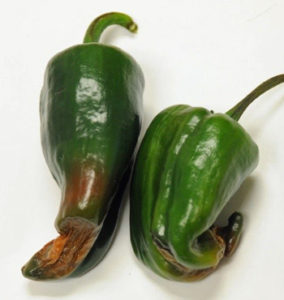 Maintain consistent moisture for your tomato plants
Maintain consistent moisture for your tomato plants
All garden plants need about one inch of moisture per week. If you are fortunate enough to have plenty of rainfall, this will not be an issue, unless you are getting way too much. Otherwise, irrigation is necessary, and I recommend a drip irrigation hose. A drip irrigation hose ensures that the moisture is going straight to the roots. It also makes sure the water doesn’t just land on the leaves (especially in a crowded garden) and then evaporate.
Avoid nitrogen-based fertilizers as your tomato plants start to fruit
There are actually two kinds of nitrogen fertilizer available. Nitrate nitrogen is preferable to ammoniac forms. Excess ammonium ions can reduce the calcium uptake of your plants. All nitrogen fertilizers should be used lightly and with the knowledge that the run-off from synthetic fertilizers can pollute water sources, including wells and ground water and are not entirely safe for use around your family, children and pets.
Ensure adequate calcium levels in your soil
Applying lime to your soil is one way to add calcium, but it will also lower the pH. This would be the ideal solution if you also need to adjust your pH down. Additionally, you can use a product, such as Nutri-Cal® Liquid Calcium supplement. Highly concentrated, it is applied in a fine spray every couple of weeks, though root absorption of calcium will be the most beneficial. Some gardeners crush egg shells and mix it into the top inch or so of soil, right around their plants, experiencing quite a bit of success, though the exact amount of egg shell needed is not known.
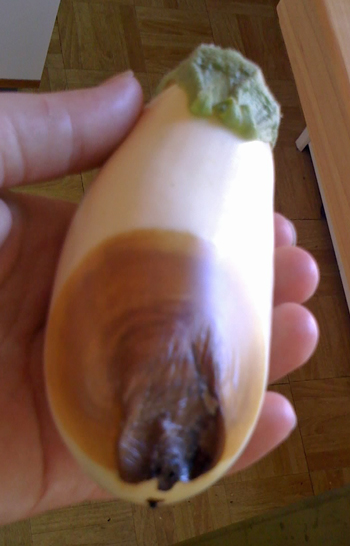 Using good, rich soil is the ultimate way to prevent blossom-end rot from occurring. Soil rich in organic matter is naturally rich in calcium, and is also much more able to retain moisture, which means maintaining your soil’s moisture content is much easier. You can mix compost into your soil prior to planting or you can even top-dress your soil and as you water and cultivate, the compost will become mixed with your soil.
Using good, rich soil is the ultimate way to prevent blossom-end rot from occurring. Soil rich in organic matter is naturally rich in calcium, and is also much more able to retain moisture, which means maintaining your soil’s moisture content is much easier. You can mix compost into your soil prior to planting or you can even top-dress your soil and as you water and cultivate, the compost will become mixed with your soil.
Say Goodbye to Blossom End Rot
These are all easy steps to making sure that all of your garden plants grow healthy and strong. Good gardening habits go a long way to ensuring not only a productive harvest, but less effort on your part, in the long run. In particular, it will mean your tomatoes are not lost to blossom-end rot. We all know how scrumptious fresh, homegrown tomatoes are. A few extra preventive measures will make the difference between a modest tomato harvest and an extraordinary one!
Happy Gardening Everyone!

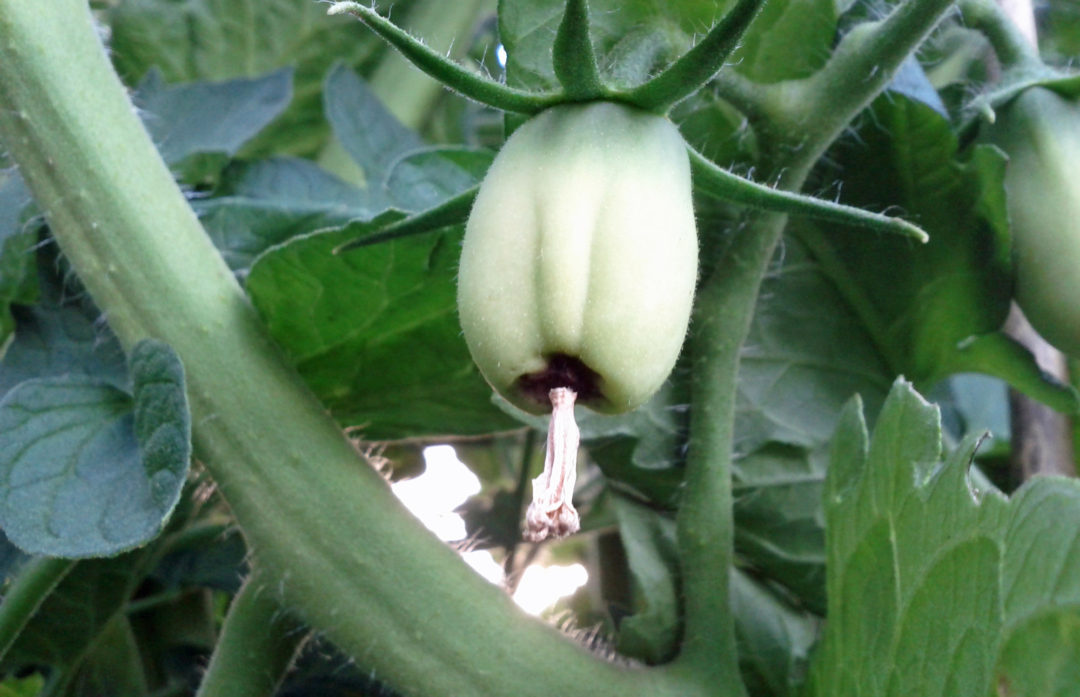
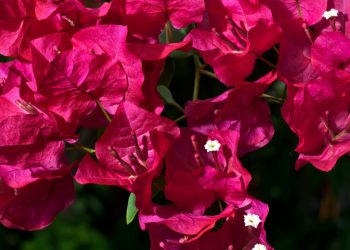
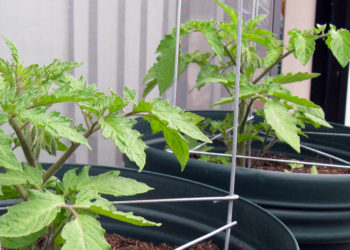
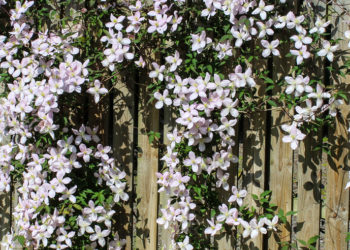
No Comments